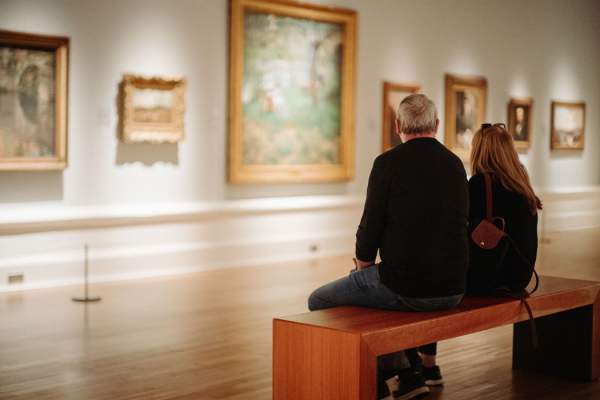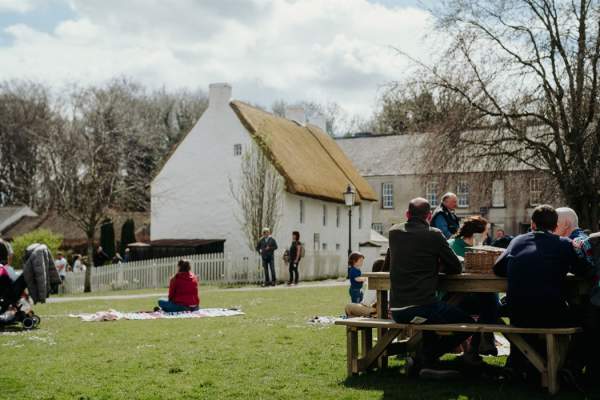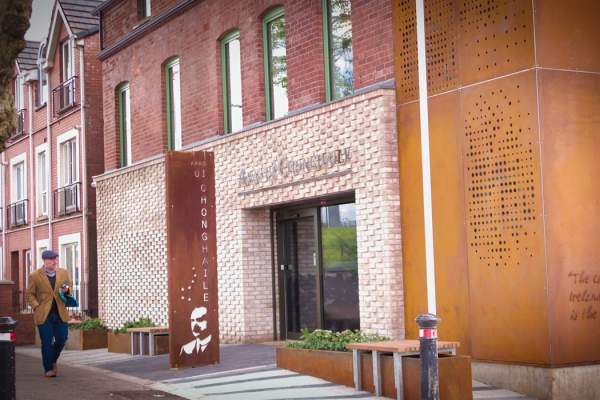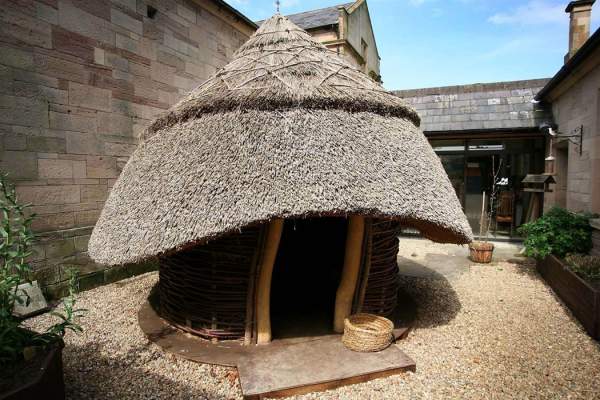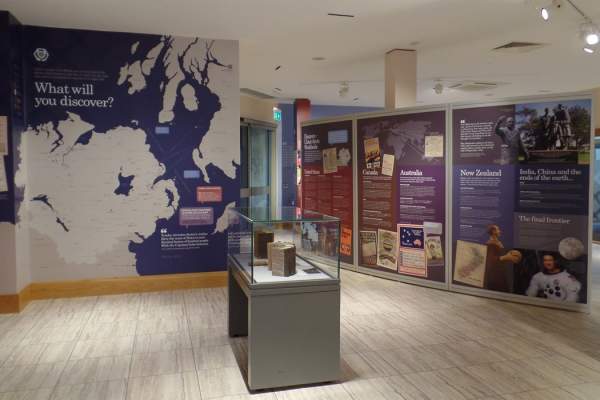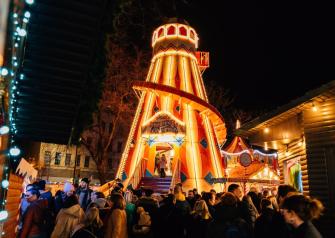Belfast and beyond have hundreds of museums to visit, so we have created a list of the top 10 museums you cannot miss! This list includes the famous Ulster Museums, the Ulster American Folk Park and the War Memorial Gallery.
Ulster Museum
- Botanic Gardens
Come face-to-face with dinosaurs, meteorites and Spanish sailors with a visit to Ulster Museum. Ulster Museum is home to Northern Ireland’s treasures of past and present. Home to rich collections of art, history and natural sciences all set within the beautiful surroundings…
Ulster Folk Museum
- 153 Bangor Road
Step back one hundred years and discover the traditions and heritage of Ulster’s past at Ulster Folk Museum. Celebrate the everyday skills, customs and traditions passed down over many generations at Ulster Folk Museum. Discover how keeping the heritage of our…
Áras Uí Chonghaile (James Connolly Visitor Centre)
- 374-376 Falls Road
Áras Uí Chonghaile is an award-winning modern, inspirational, visitor centre based in the heart of Belfast’s Gaeltacht Quarter and located only yards from where James Connolly, a man of formidable ideas and remarkable vision, lived on the Falls Road. From his…
North Down Museum
- Town Hall
The museum is located in the picturesque grounds of Castle Park in the centre of Bangor. This free attraction is popular with all ages. The displays reflect the pivotal role nearby Bangor Abbey held in early Christian Ireland and throughout Europe. Discover how the monks…
Ulster American Folk Park
- 2 Mellon Road
Journey back in time and discover the stories of emigration from Ulster to America in the 18th and 19th centuries. Explore rural Ulster as you walk in the footsteps of bold migrants who set sail for America. Learn about the lives left behind, the hardships endured on the journey…
Irish Linen Centre and Lisburn Museum
- Market Square
Explore the rich history of Irish linen through friendly guides, interactive displays, and live spinning and weaving demonstrations. The linen industry played an important role in the geographical, social and industrial heritage of Ulster. Experience traditional methods of…
Ulster Transport Museum
- 150 Bangor Road
Explore Ulster’s history of transport, social change and spirit of innovation at Ulster Transport Museum. Ulster Transport Museum is a place of inspiration for the designers, engineers and adventurers of the future, who will take on the challenges of inventing cleaner and…
Whitehead Railway Museum
- Castleview Road
Come down and see the home of the Railway Preservation Society of Ireland (RPSI) and its locomotives. This fascinating five-gallery museum provides an exciting opportunity to rub shoulders with the giants of steam. You can step onto the footplate of a heritage steam engine and…
Northern Ireland War Memorial Museum
- 21 Talbot Street
Discover the story of Northern Ireland during the Second World War The Northern Ireland War Memorial is an engaging and welcoming museum that provides a window on Northern Ireland’s key role in the Second World War. Objects and artworks tell the story of the Home Front, the…
Discover Ulster Scots Centre
- 1-9 Victoria Street
Discover more about your Ulster-Scots roots through a free genealogy research point, or find out about Ulster-Scots events. Discover Ulster-Scots Centre is on the ground floor of the Corn Exchange Building with information displays, educational literature and gift shop. There are…


